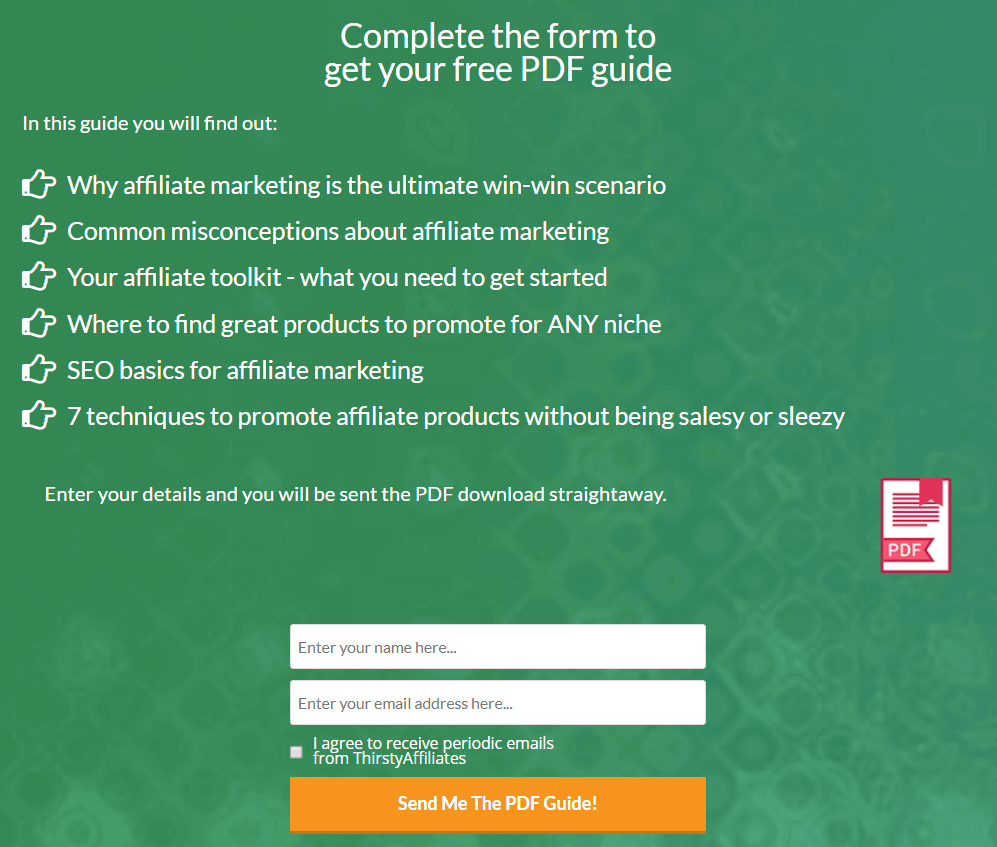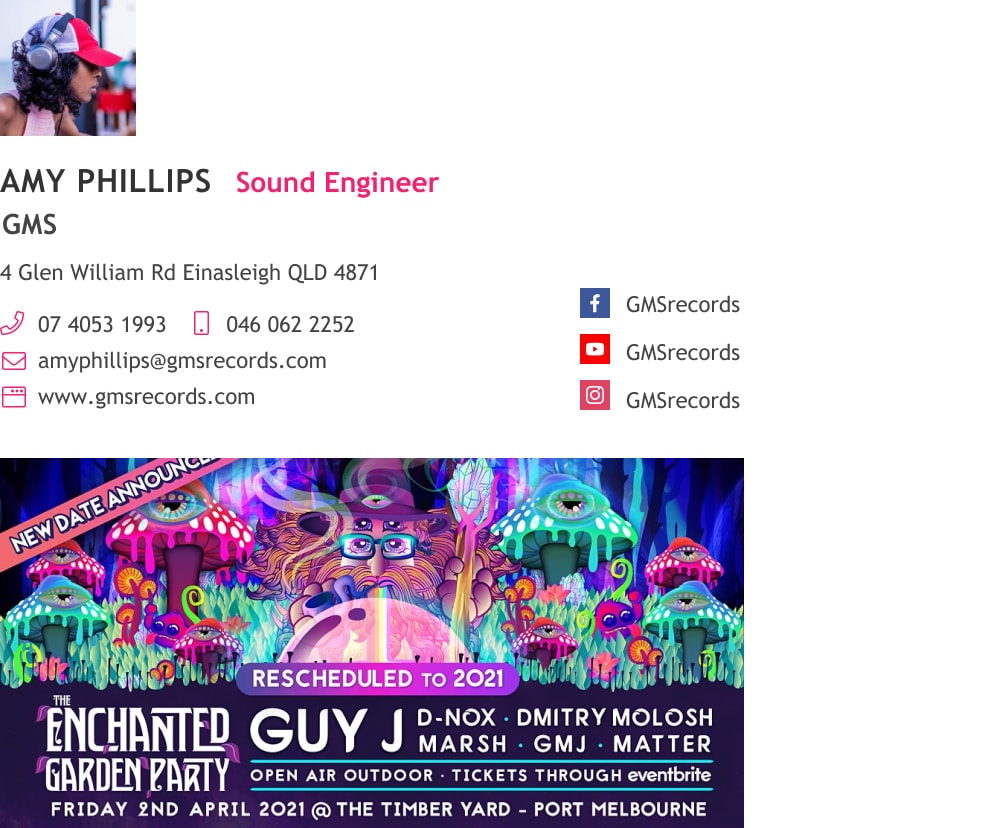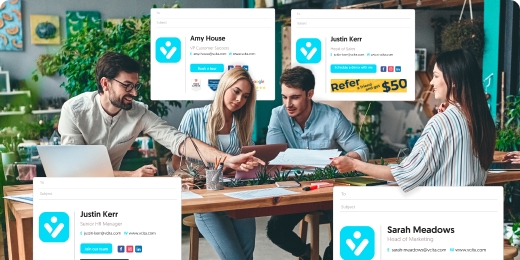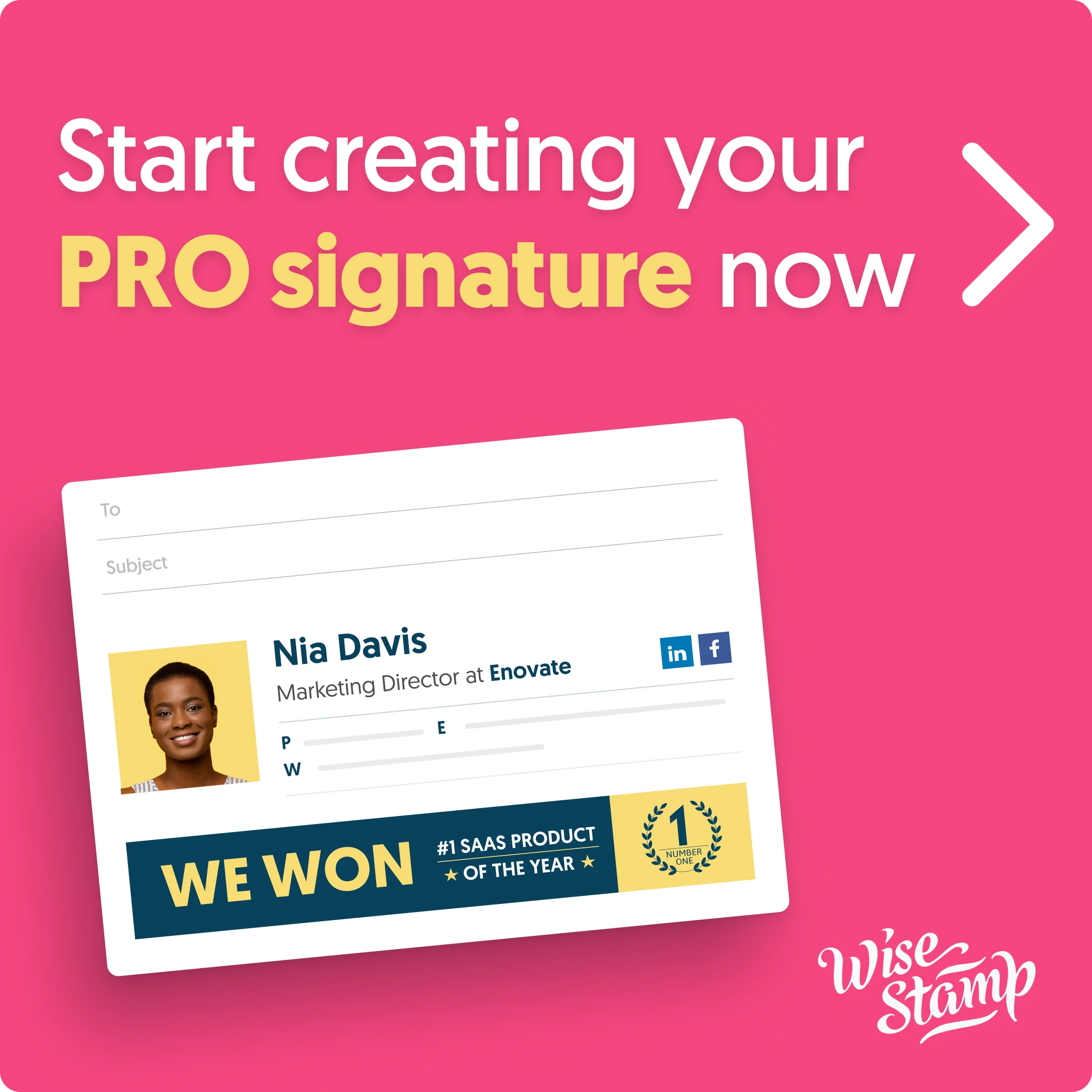Grow your email list organically: 15 basic & creative ways
Email lists are an effective way to drive leads and engage. So it's important to grow your email list and generate more subscribers.

Why should I care about growing my email list?
If you want to grow conversions and sales, then start growing your email subscribers. The effectiveness of email is shown in the data – as email is 40 times more effective than Facebook or Twitter at acquiring new business.
While it’s true that plenty of email gets ignored or filtered to spam, marketing emails are still getting through to consumers—the average ROI for email marketing is a whopping $38 for every dollar invested. Email marketing also has the potential for an insanely large reach. There are more than 124 billion business emails sent and received daily and more than 111 billion consumer emails sent and received daily. Just imagine tapping into that.
How to get more subscribers and grow your email list
Over the years, businesses large and small have come to realize the power of email marketing. It produces a staggering 4400% return on investment according to a study from Campaign Monitor – making it the best bang for your buck.
Because it’s such a valuable marketing channel, many businesses are resorting to buying or borrowing email lists instead of growing their own organically. Cutting corners with your email lists is not the way to approach email marketing. Instead, try implementing the eight list-building strategies above to acquire emails organically.
1. Start with your customers
If you are starting from ground zero and have no established process for managing and building email lists, then consider starting with your current clients. Collecting emails from your customers is a necessary step to increase brand loyalty, improve customer satisfaction, and remarket your products or services.
Even if you operate a brick-and-mortar location, you need to collect emails from those who are already giving you business. It’s estimated that repeat customers generate 40% of a store’s annual revenue. Consider starting a loyalty program or running in-store-only promotions to collect emails from your current clients.
2. Get Subscribers to Share Your Emails
Another way to grow your email lists organically is to get your current subscribers to refer your emails to their contacts. When one of your recipients shares an email with someone they know, it provides a level of trust that you couldn’t receive on your own. This referral helps you break through some of the noise and clutter of the inbox, and it offers an opportunity to generate another email subscriber.
Try different strategies in your email to motivate your subscribers to forward your content to their contacts. Add language in the email to share with someone they know and love or incentivize sharing by offering referral discounts. In the email itself, make it easy for anyone to subscribe by adding a relevant CTA at the bottom of the email.
3. Avoid unsubscribes and spam filters
If you can’t avoid unsubscribes and spam filters, you will struggle to grow your email list, and you are unlikely to see value in your email marketing campaigns. Consumers are becoming hyper-aware of email marketing, and it doesn’t take much to send the recipient looking for the unsubscribe link.
So how do you avoid the dreaded unsubscribe or spam filter?
I. Use a professional and legitimate email:
Many freelancers and small businesses still use the free email services provided by Google or Yahoo!. While these emails were fine a few years ago, consumers are now more hesitant to open and interact with emails from illegitimate addresses.
The best part is, that you can easily set up free business email addresses using your domain name. Don’t shoot yourself in the foot before they even open the email – use a professional and legitimate email address.
II. Don’t bombard their inbox:
Finding the perfect email frequency is an important step to growing and sustaining your email list. While you should test the rate at which you send emails to your lists, remember that there is a risk of sending too many emails. Entrepreneur states that 69 percent of people unsubscribe from email lists because of “too many emails.”
III. Provide value in your emails:
People will not remain on your list or engage with your emails if you’re not offering any value. Find ways to keep your recipients excited about opening your emails – send special offers to your email subscribers that are not available to anyone else. Create informational emails that are non-promotional to help your subscribers without expecting an immediate return.
4. Breathe life back into old email lists
Email subscriber churn is a serious issue for brands – even ones that are actively working to reduce turnover. You can imagine how ineffective a stale list might be if you’re a company that is not actively sending emails and updating information from your contacts.
One report estimates that email lists decay at a rate of roughly 22.5 percent every year. So, that old email list of leads from five years ago might now be filled with inactive or irrelevant contacts. However, there’s always the opportunity to breathe life back into those leads by sending an email with a re-opt-in CTA. Not only will this help you grow your current lists, but you might be able to kick back up a lead or two.
5. Find a co-branding content partnership
Finding co-branding content opportunities is a great tactic for growing email lists organically while mitigating marketing expense.
Reach out to companies that sell ancillary products or services that attract the same audience as your business and discuss a way to partner on a gated piece of content. Not only can you save money on the content, but you have another business that is committed to promoting the piece once it launches.
Content marketing is arguably the most effective way to grow your email list organically. The art of list-building is in creating a value exchange between you and your target audience. Content is the tool at your disposal to create that value.
6. Turn your employees into list ambassadors
You have an army of email list promoters right under your nose in your employees. Create a company-wide email signature with a sign-up link to organically promote your lists.
When you release gated resources, have your employees share that content on their relevant social profiles to drive more attention and traffic to the sign-up form. Your employees are like a mini-influencer marketing team, ready to amplify your reach ten-fold.
7. Use your real estate effectively
An excellent way to conceptualize digital marketing is like land or real estate. Every business has online real estate at their disposal – and it’s up to the business how they intend to use that space. For example, two of the largest pieces of digital real estate for businesses are their website and their social channels.
Your website
Your website is the most valuable real estate you have because you own it completely. You have the ability to dictate the layout, colors, copy, speed, responsiveness, and any other attribute that affects the user experience.
When it comes to list-building, you can dictate the email conversion strategy completely. To help you increase email sign-ups consider adding the following to your website.
- Pop-up forms
- Landing pages
- Sidebar sign-up forms
- Header/Footer sign-up forms
- In-line email CTAs
Social media
Unlike your website, which you complete control of your social channels is like borrowed land.
For example, you can customize your Facebook page by adding images in specific locations or updating the available fields – but you don’t have a lot of flexibility to create an experience unique from other Facebook pages.
Additionally, businesses are seeing fewer organic engagements on social platforms, turning them into a pay-to-play channel. With that in mind, you can still optimize your social real estate to increase your email list sign-ups.
- Add email CTAs in your imagery
- Share your gated-content
- Recruit brand ambassadors/influencers
- Optimize your page with sign-up links
8. Offer a one-time value-packed incentive
Offering people a high-value product that answers a lot of their questions and solves their problems is one of the best lead-generation tactics you can use.
9. Offer discounts in return for sign-ups
What better way to get people to take action than to make them feel like they could be missing out on something big? That’s how flash discounts work. If you’ve ever shopped at Amazon.com (and we bet you have), then you should know this feeling well.
They often have limited-time or flash sales where you can get products at a reduced price. It can work the same in email marketing too. Offer great discounts that are available for a short period in exchange for signing up for your newsletter. It’s a win-win!
10. A/B test your sign up forms
Almost everything in digital marketing can be tested, including your sign-up forms. You’ll need to know which designs, placements, or layouts produce the most conversions. With the dozens of A/B testing tools available today, there’s really no excuse for you not to do it.
Just make sure you give these tests enough time to show meaningful results. Also, don’t feel you need to test everything. Identify what matters and focus on testing that. No more, no less.
11. Add a banner in your email signature
Your email signature is an important marketing tool and piece of real estate when it comes to every email you send. Think of how often you are communicating with your contacts and new leads: How can you let them know that you have a great email newsletter or regular email content that they should subscribe to?
Look no further than your email signature! Using HTML or a simple email signature maker, you can add a great-looking signature banner that drives traffic to your sign-up form. Take the examples below. These signatures were created with WiseStamp, and making yours will only take minutes to complete.

12. Remove distractions
If your website is sporting one of those widget-packed sidebars and you have a dozen or so different calls to action, then you may be giving visitors too many choices.
Of course, options are never a bad thing. Give them a few, if you really feel each option will benefit your brand in great ways. But you also need to have a priority list and cut down the clutter and drive them to your email sign-up form.
From the example above, you should see the straightforward placement of the sign-up form. In fact, visitors won’t even have to type in their names. With this kind of simplicity, the priority of the website’s owner is obvious. She’s keeping the focus on getting email leads, as can be seen by the forms position at the top-most part of her homepage.
Here are some great ways to speed up your site’s loading time and increase conversions by 7%:
- Reduce the number of third-party apps on your site
- Get rid of broken links or reduce redirects
- Use a content delivery network (CDN)
- Enable page caching
14. Encourage existing leads to forward your newsletters
If you know you have an awesome deal for your existing email leads, then you know other people will be interested too. So why not let your subscribers share their good fortune?
JCPenney designed a great newsletter that reminds subscribers to do exactly that. But, as you can see, they didn’t stop there. They also included plenty of deals, including a One Day Only promo that’s sure to entice people to head over to their site as soon as possible.
Just make sure your subscribers have the option of sending the newsletter as a new email. Not all email services allow the forwarding of emails containing images and attachments.
15. Use user reviews and testimonials
Demonstrating social proof is a great way of building credibility in the eyes of users. If you already have a loyal subscriber base, ask them for reviews about how useful your newsletters are for them.
Chances are, you’ll get a little great feedback, especially if you’ve been focusing on providing quality content to them regularly, which we hope you have. Proudly display these reviews within your sign-up forms, preferably near where they’ll be entering their information. It gives them a feeling of security knowing you won’t just be sending useless or spammy emails.
So, what’s next?
Now that we’ve shared with you some tried-and-tested ways of growing your email list, it’s time to take action. There are plenty of ways to get more email subscribers, but you shouldn’t overwhelm yourself wanting to try everything out.
Among the seven strategies we covered, choose the two or three that are the easiest and quickest for you to implement. Just be sure to measure the performance of each approach you take because this is the only data you can completely trust when it comes to evaluating your email marketing strategy.

